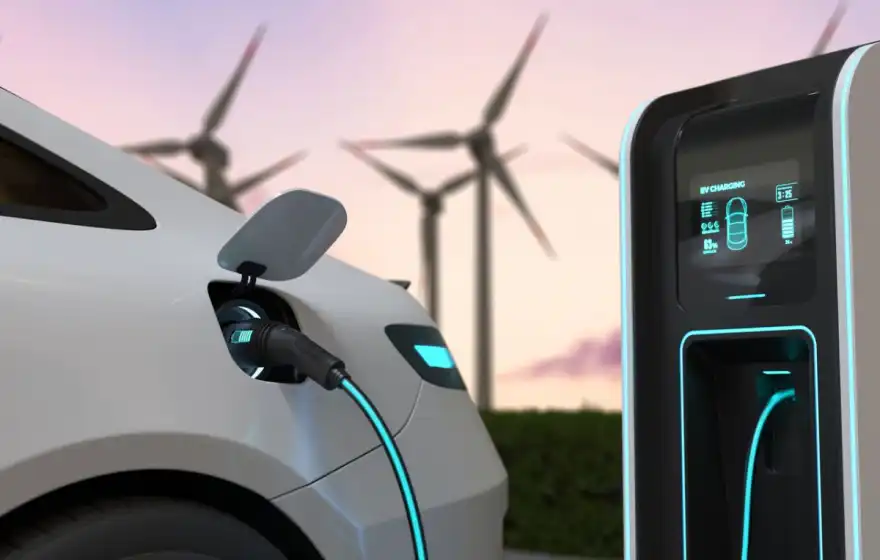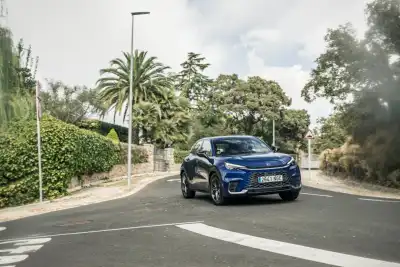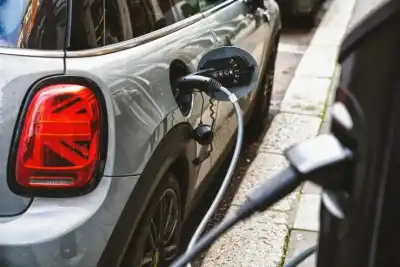
Range seems like a crucial word in relation to electric vehicles. After all, how far you can go in between trips to the plug is important and is a key way that both consumers and manufacturers can measure new EVs.
But are drivers and companies too hung up on range and should we be focusing elsewhere? We’re going to take a look through some of the key considerations in this area.
Weight
Weight is a by-product of larger batteries. You’ll find that a lot of EVs weigh a considerable amount, particularly those which can offer the longest ranges. The Mercedes EQS, for example, can return around 360 miles from a single charge but it weighs in at a chunky 2.8 tonnes - a weight that would’ve been comparable to a full-size SUV some years ago.
Weight does mean more pressure on roads and combats the overall efficiency of the car itself. Naturally, if you want to go further then this is something you’ll need to take into account, but some car makers are challenging that idea.
Less weight, lower range
Dacia has been one of the key adopters of a low-weight strategy. Its new Spring has a 28.8kWh battery - considerably smaller than other rival EVs - and that means a compact range of 137 miles. However, the result of the compact battery is that the Spring weighs just 984kg, undercutting nearly all other electric vehicles weight-wise.
Dacia says that its customers travel, on average, 23 miles each day meaning that the Spring has a long enough range for most drivers.
Smaller batteries mean shorter wait times
One of the easiest ways to think of an EV’s battery is like a fuel tank. The larger the number used, the larger the fuel tank. For instance, a 78kWh battery is much larger than a 52kWh battery and you’ll get a lot more range in the former than the latter.
However, unless you need loads of range then you might want to think about a smaller-battery EV. Why? It massively reduces charging times - think of it as a smaller fuel tank which takes less time to fill. It’s why, when plugged into a 7kW charger, the Dacia Spring can be topped up in just four hours, whereas you’d be looking at four times that with the Mercedes EQS.
Charging speed
While a lot of criticism has been thrown in the direction of infrastructure, it has come on in leaps and bounds over recent years. As of January 2024, public charger installations grew by 45 per cent year-on-year, meaning that 53,000 public chargers are now available to drivers across the UK. Many of these installations were for ultra-rapid units, which can deliver the most amount of charge possible.
This change in infrastructure is a big shift in the whole electric vehicle driving experience. For many EVs, an ultra-rapid charger is quick enough to add 100 miles of range in around 20 minutes, so about right to get you going in not very long. However, it’s home charging which still remains the big decider.
Home charging
Home charging is one of the quickest and easiest ways for EV owners to get fully topped up with little hassle. However, it’s an area of charging which varies in ease, particularly when it comes to where you’re living.
Homeowners with an off-street parking space will have the easiest time of things. Prices vary but, on average, an installation will cost about £1,000 - though many manufacturers include a charger with the price of a new car. The government grant for homeowner chargers was removed a few years ago, meaning that there’s little financial help - aside from vehicle manufacturers - to help soften the blow.
However, the real issue comes for electric vehicle drivers without driveway access. Fortunately, the government recently announced a widening of the Electric Vehicle Chargepoint Grant to those drivers who have on-street parking provisions where a charger could be a viable option. It means that owners can get up to 75 per cent off the cost of an install and unit where a ‘cross-pavement charging solution’ is required.
Drivers will be required to have local permission to install such a setup, which could be a charging cable ‘gulley’ that runs through pavement and allows a charging cable to be run from home to vehicle without causing a trip hazard for pedestrians. It’ll be a big help for drivers who want to run an electric vehicle but don’t have access to off-street parking, that’s for sure.



